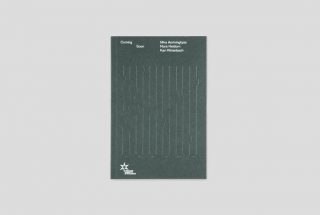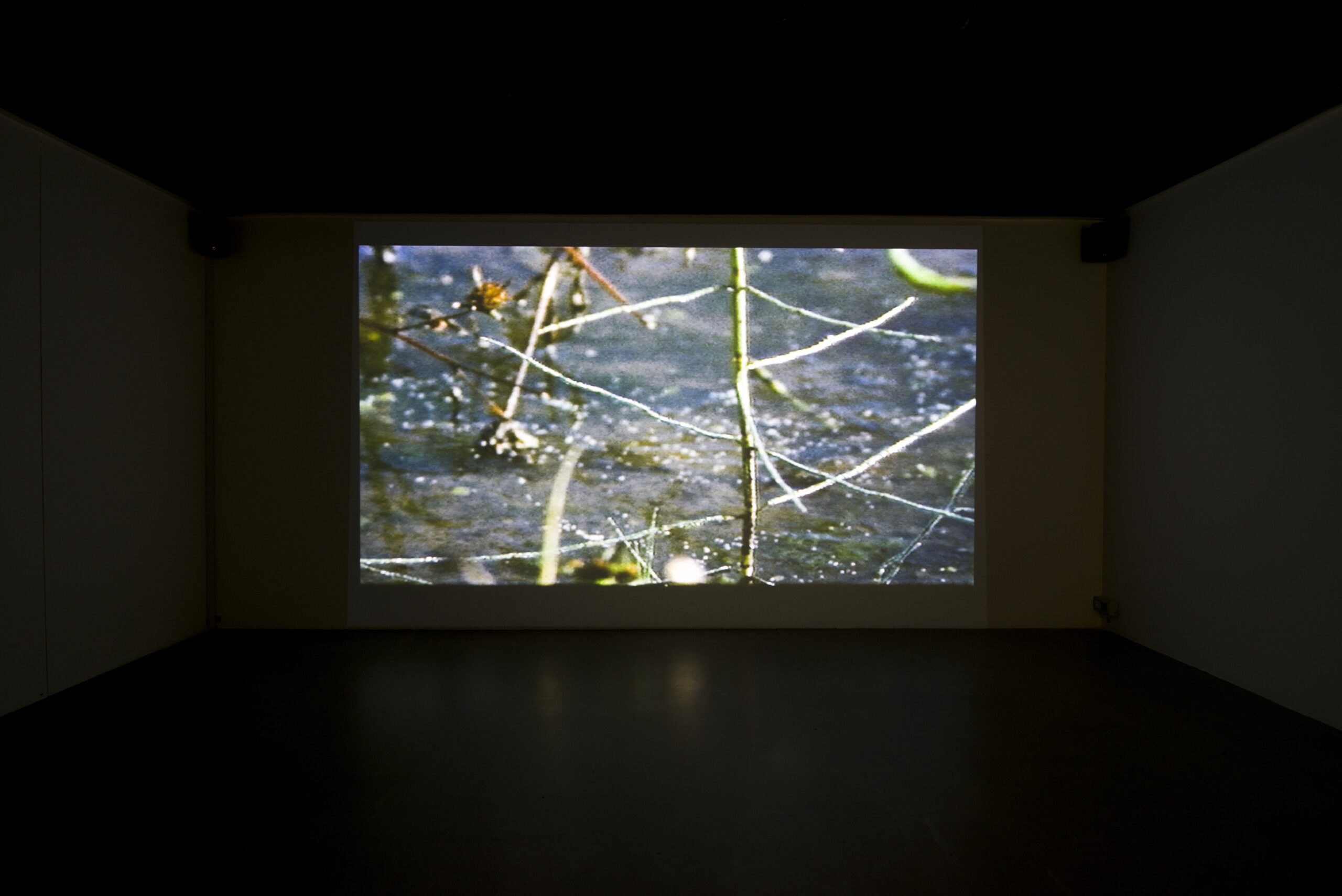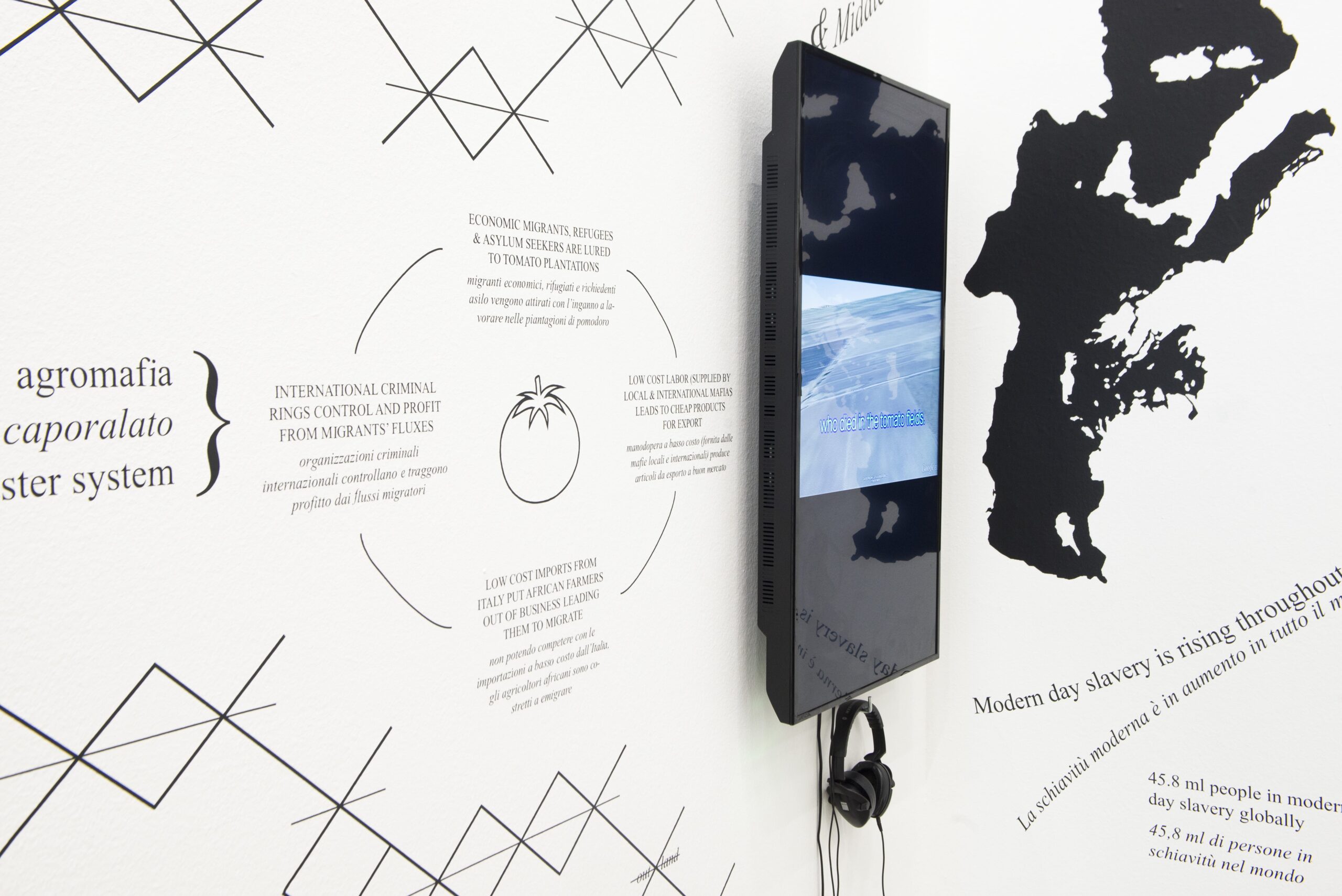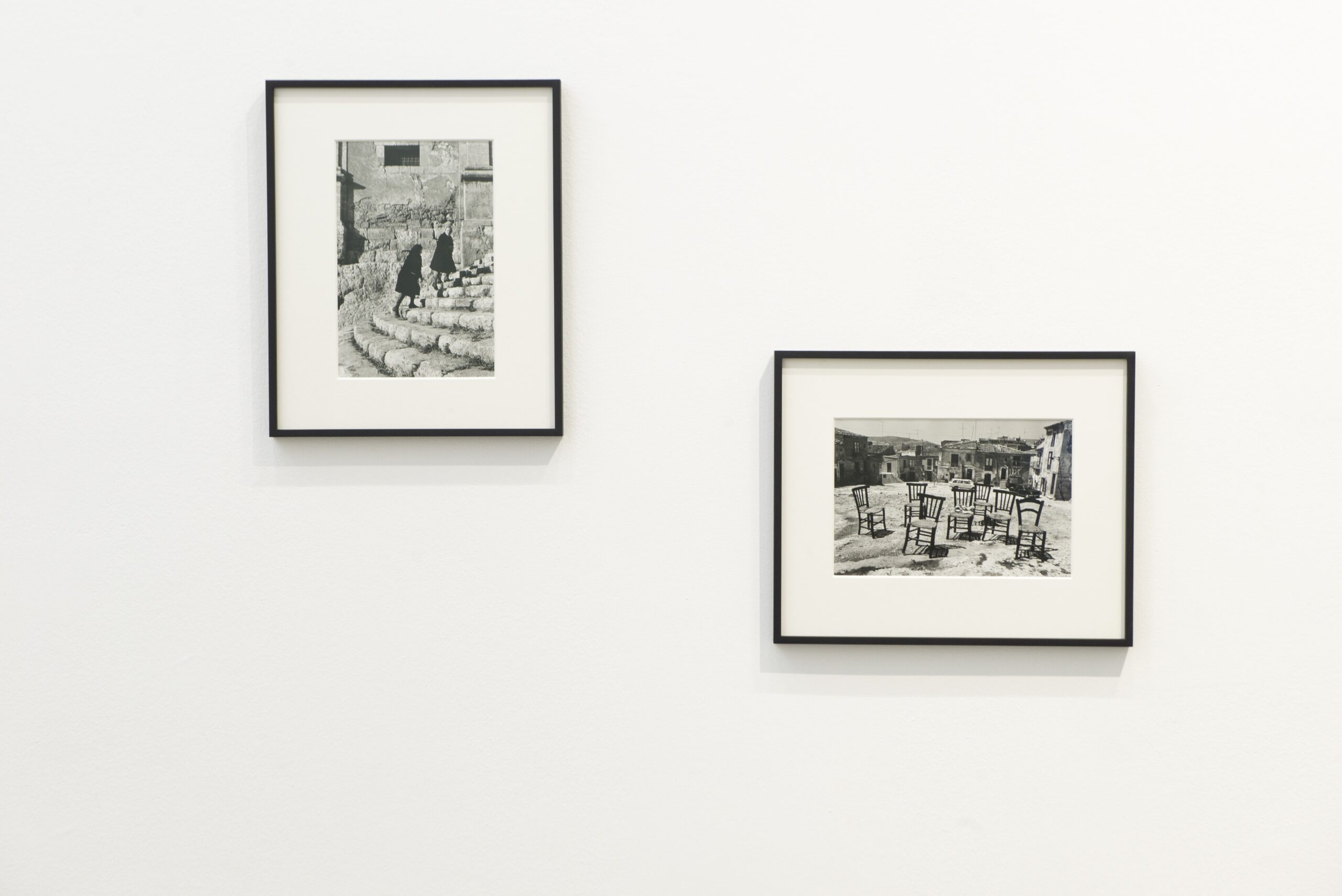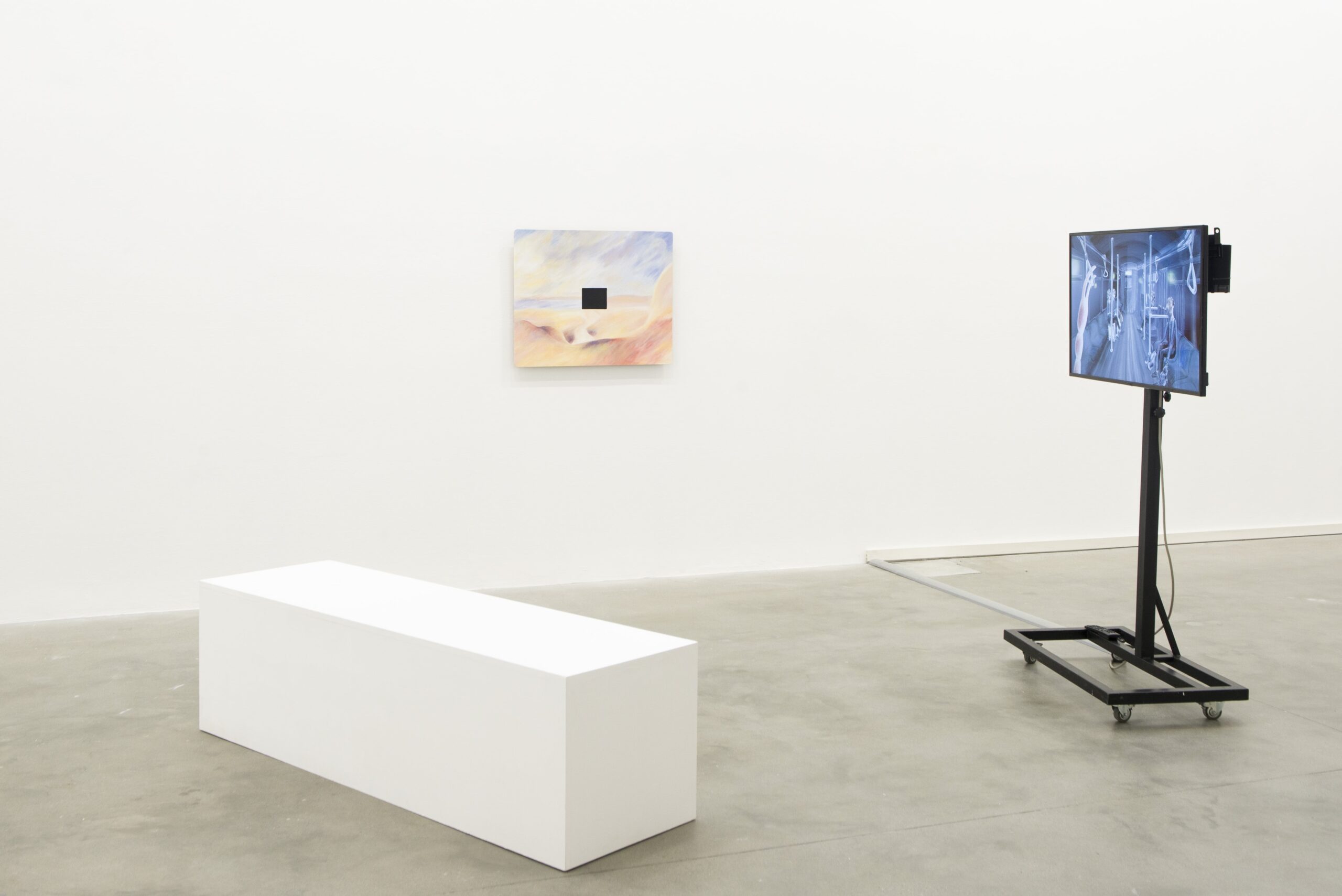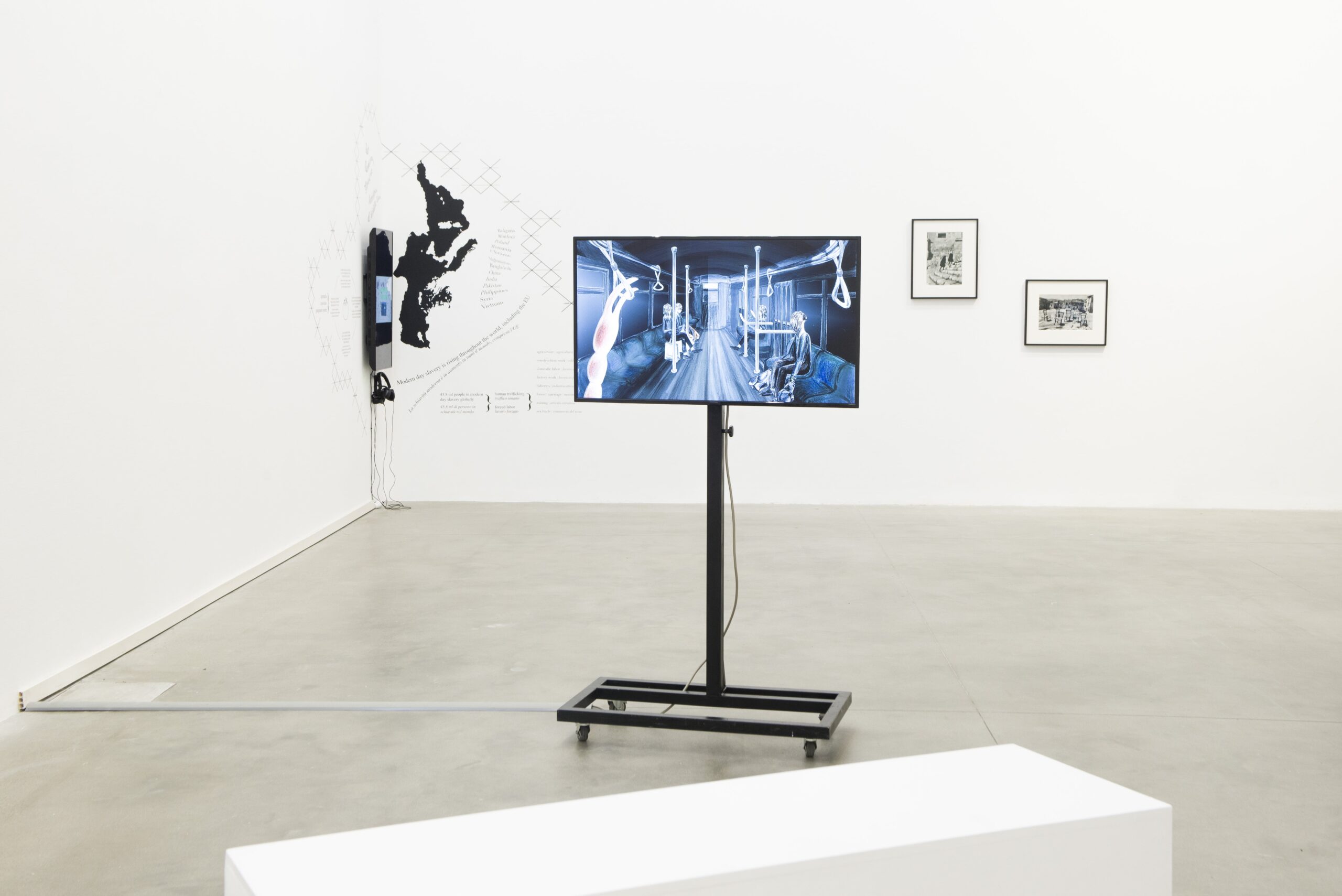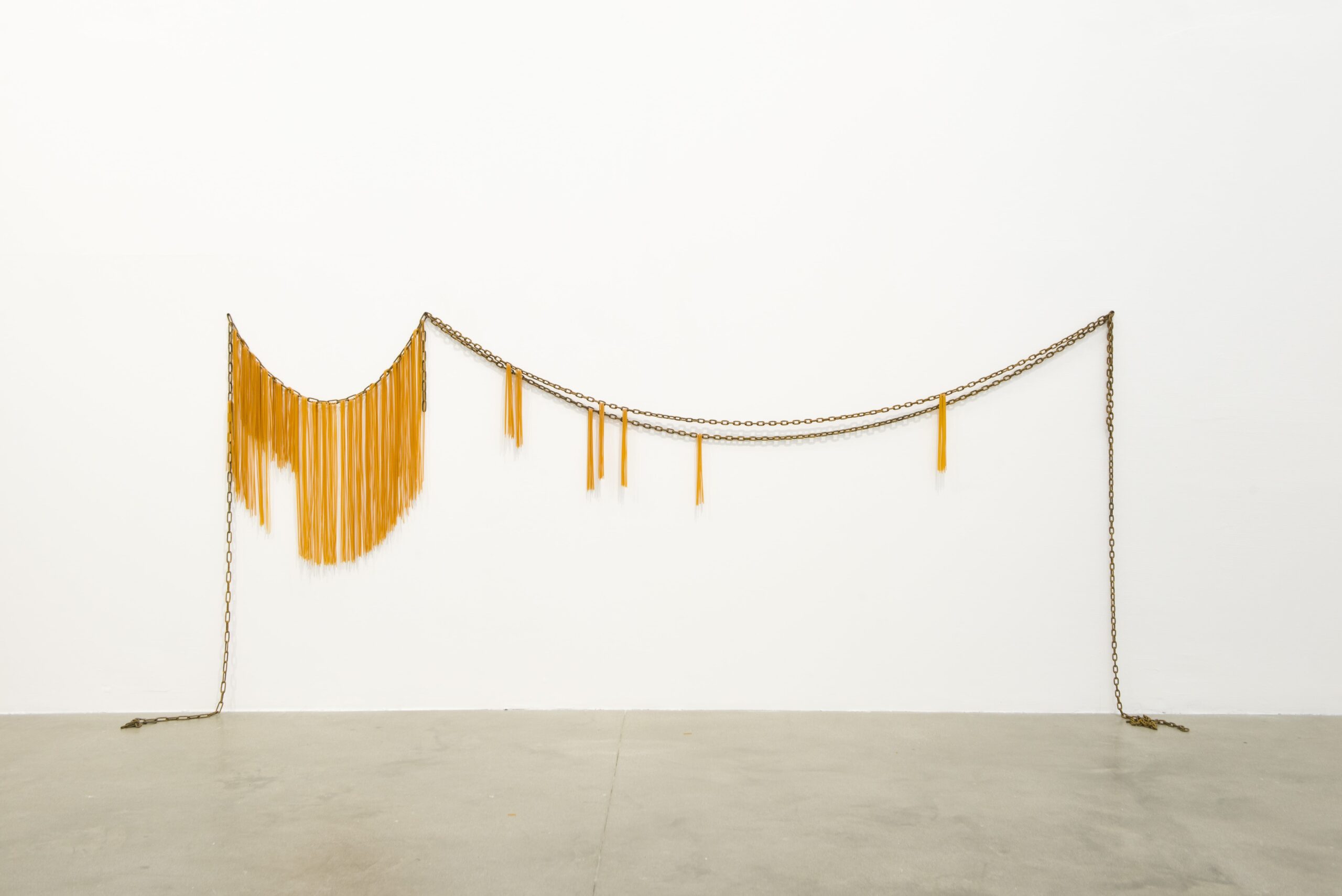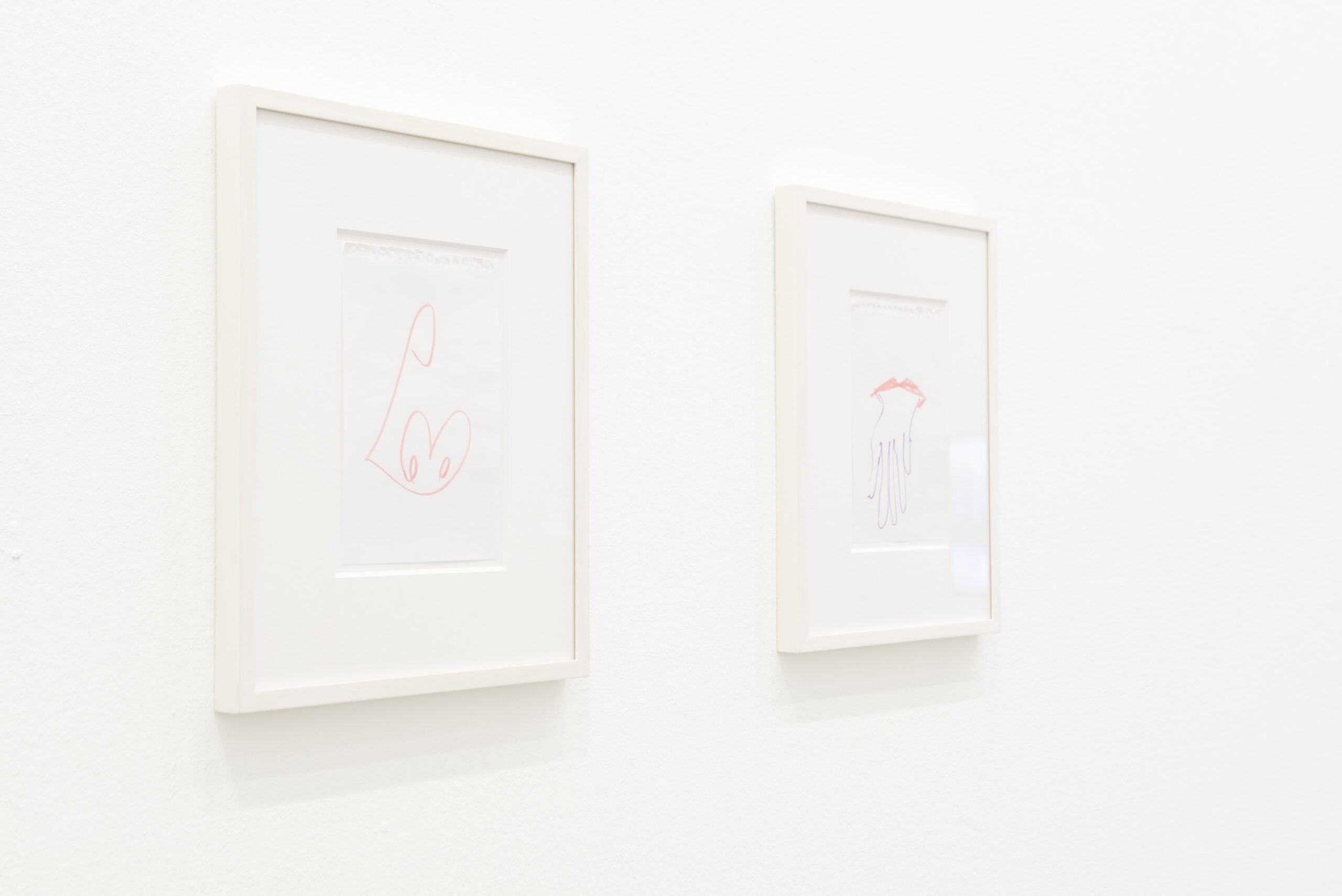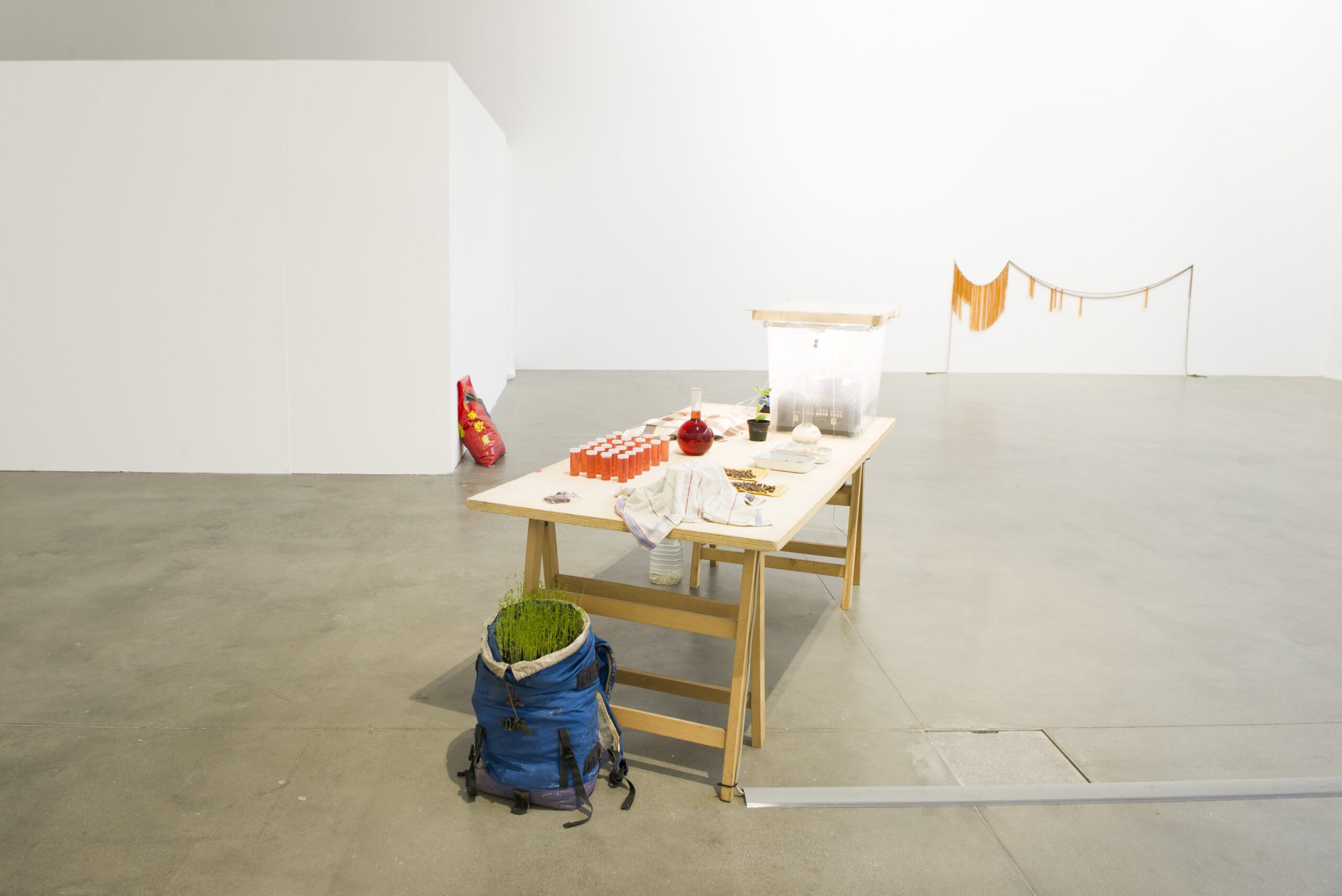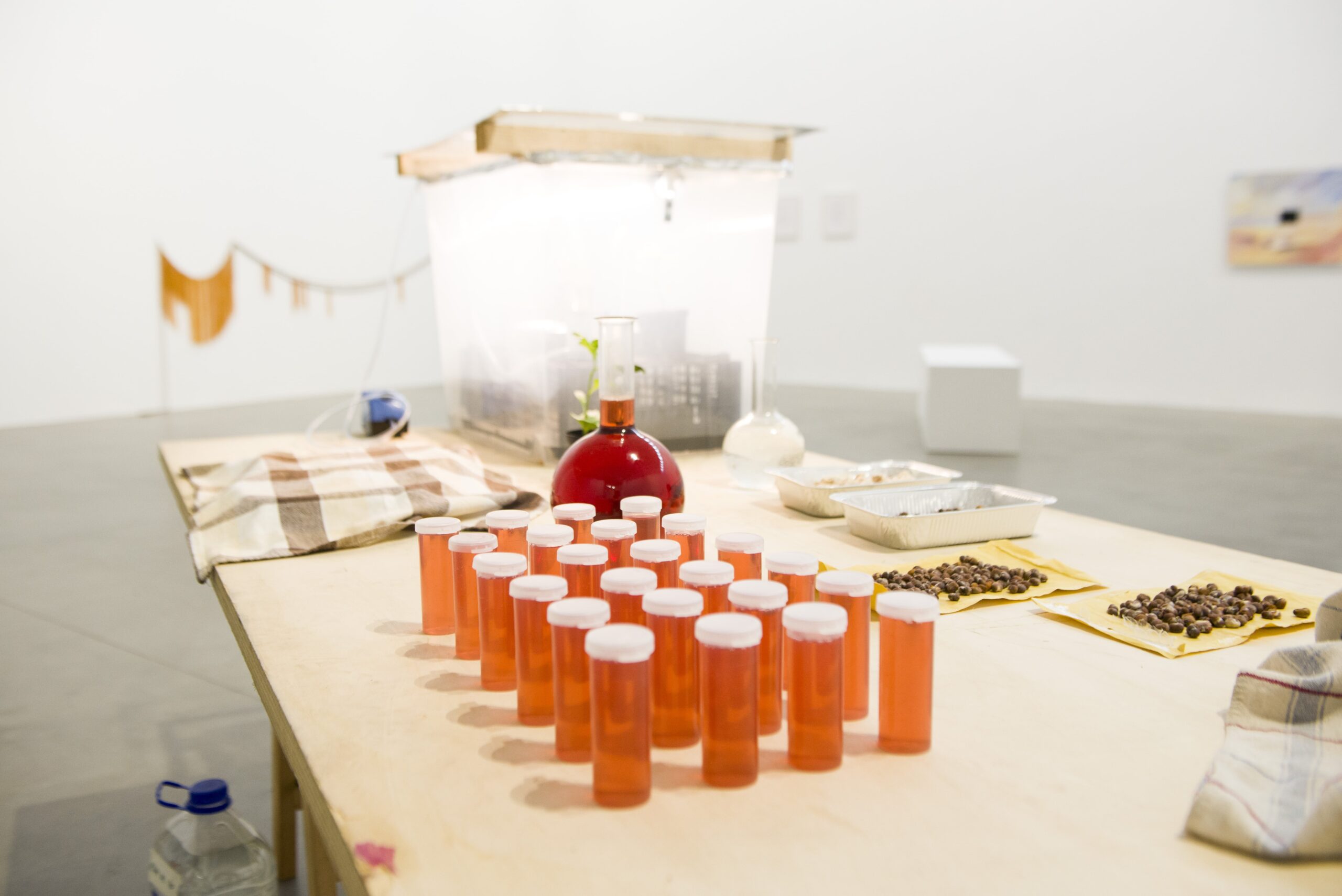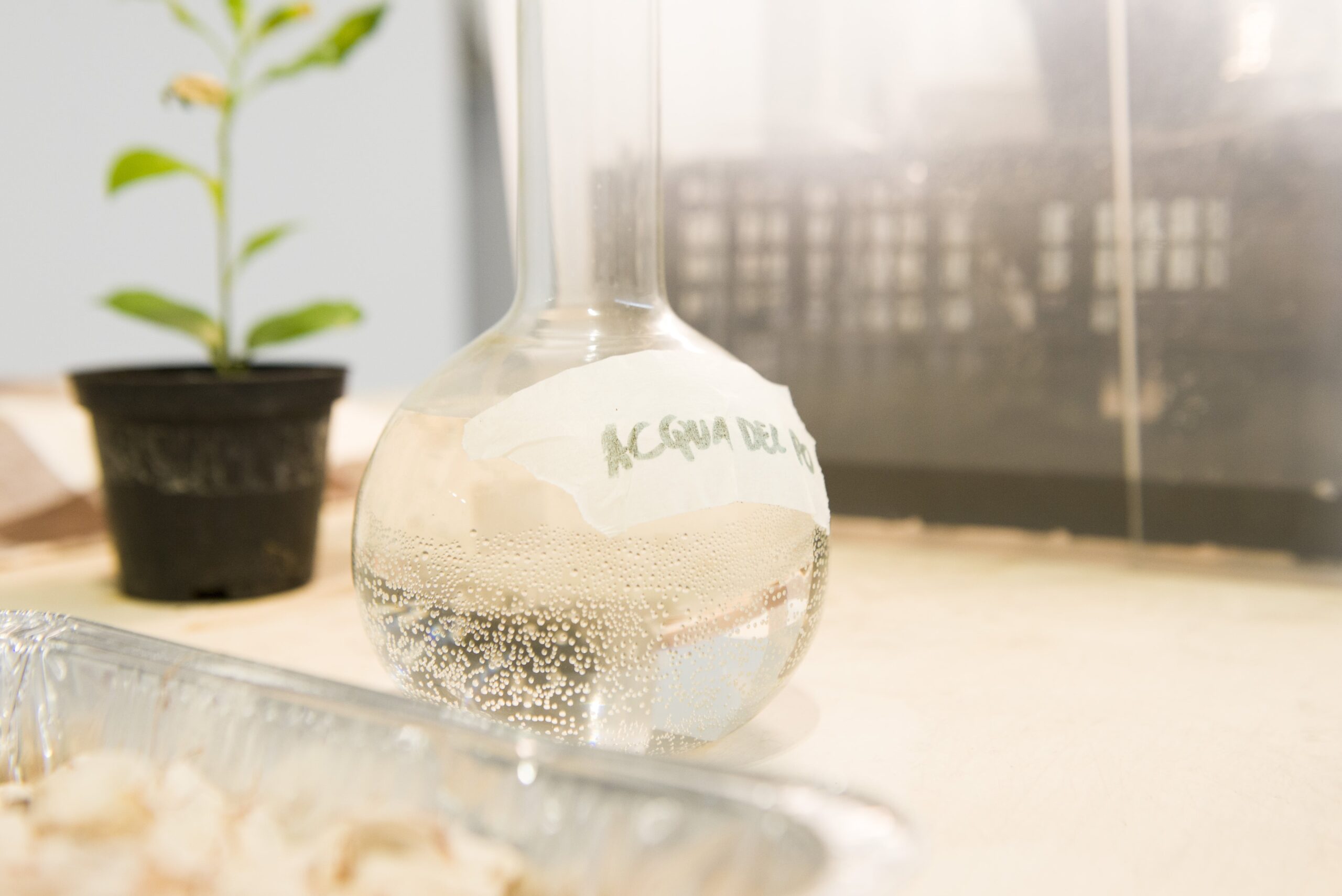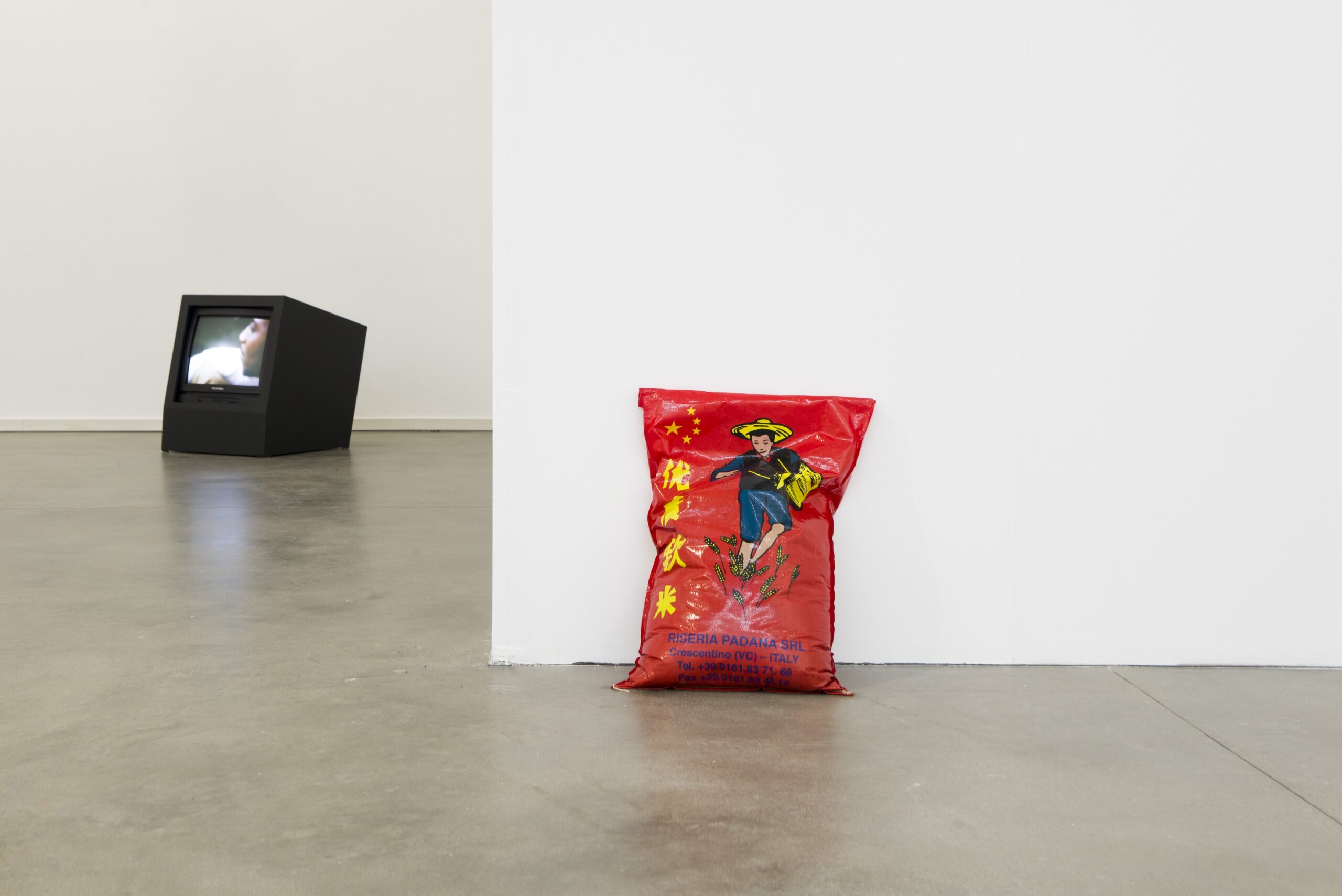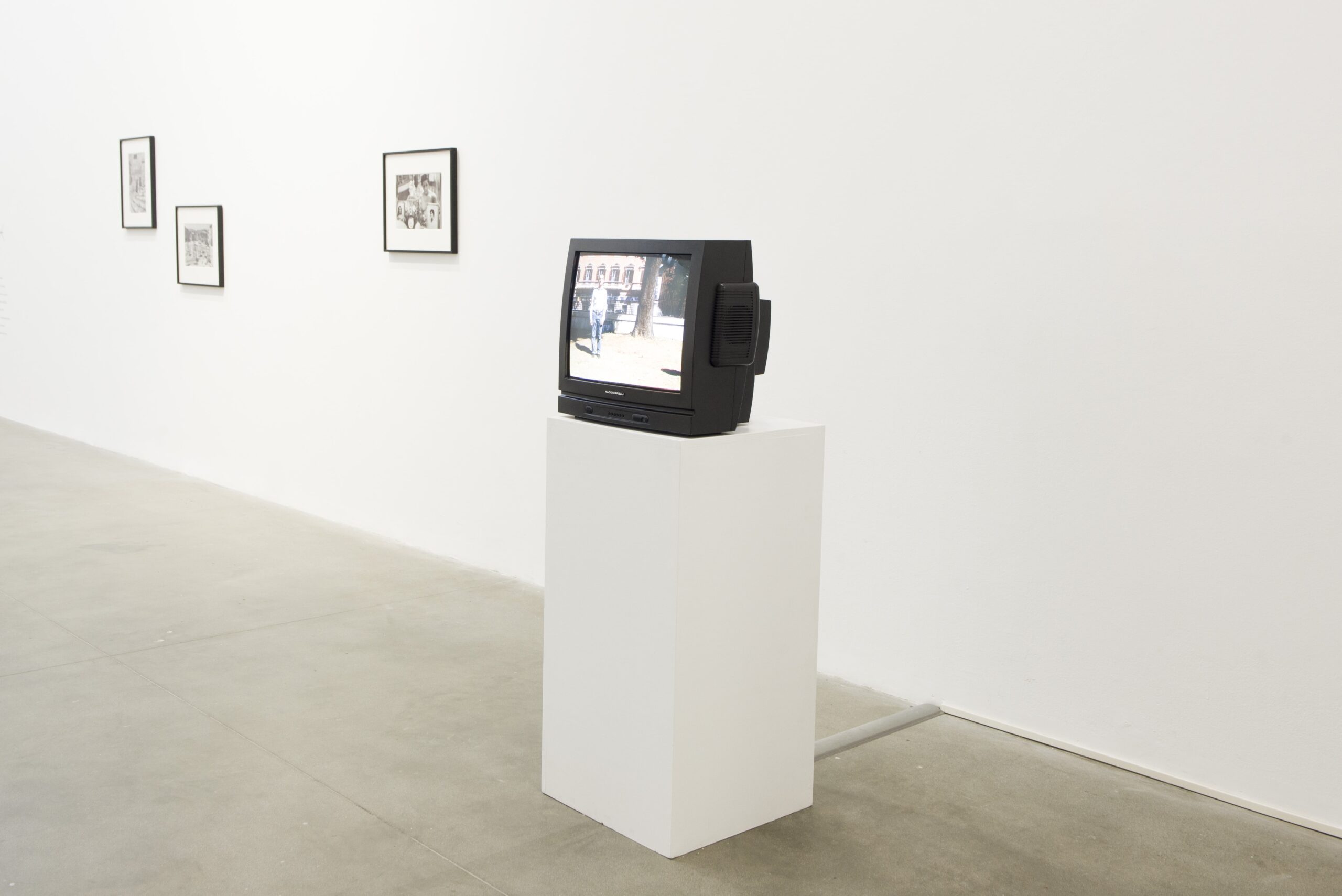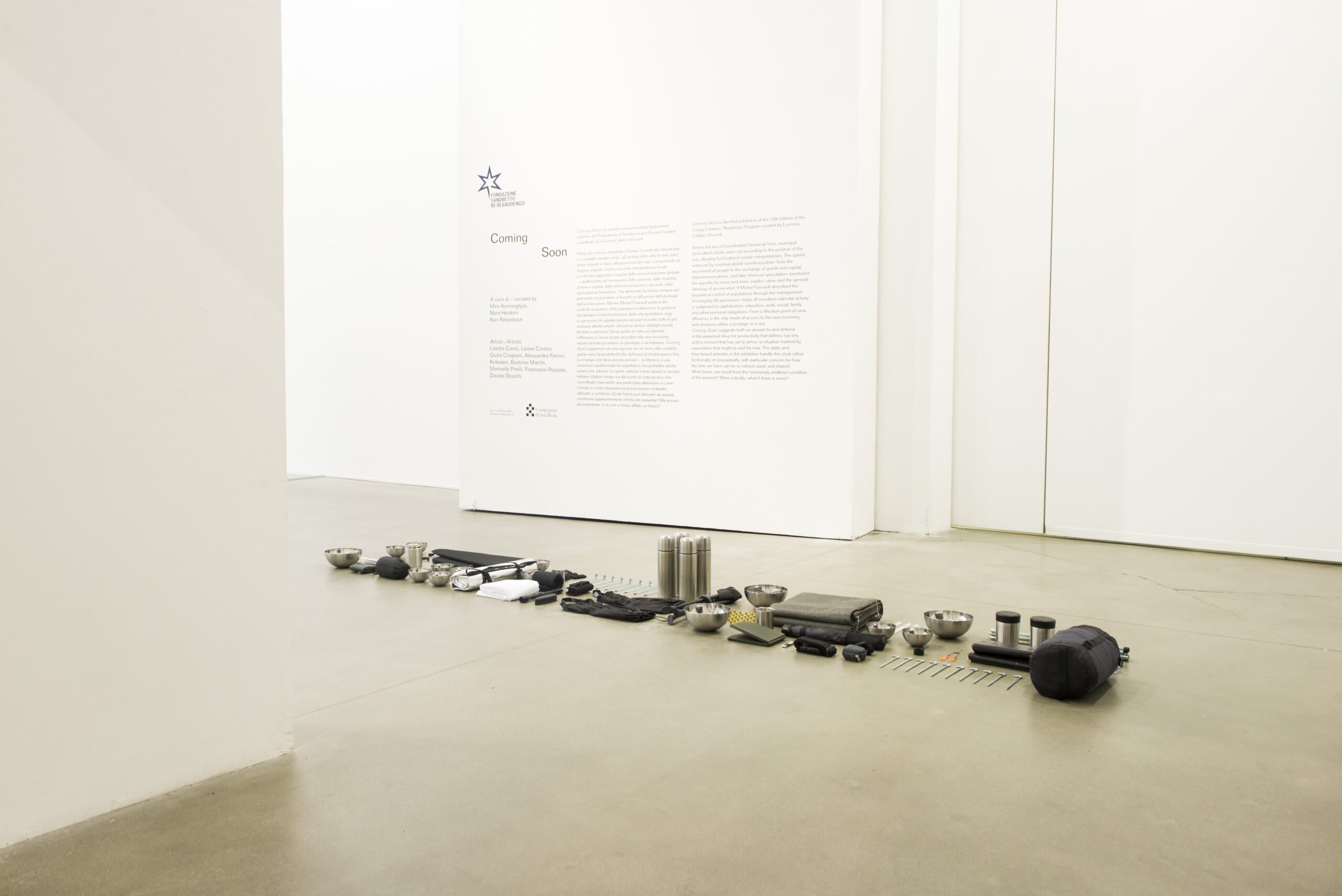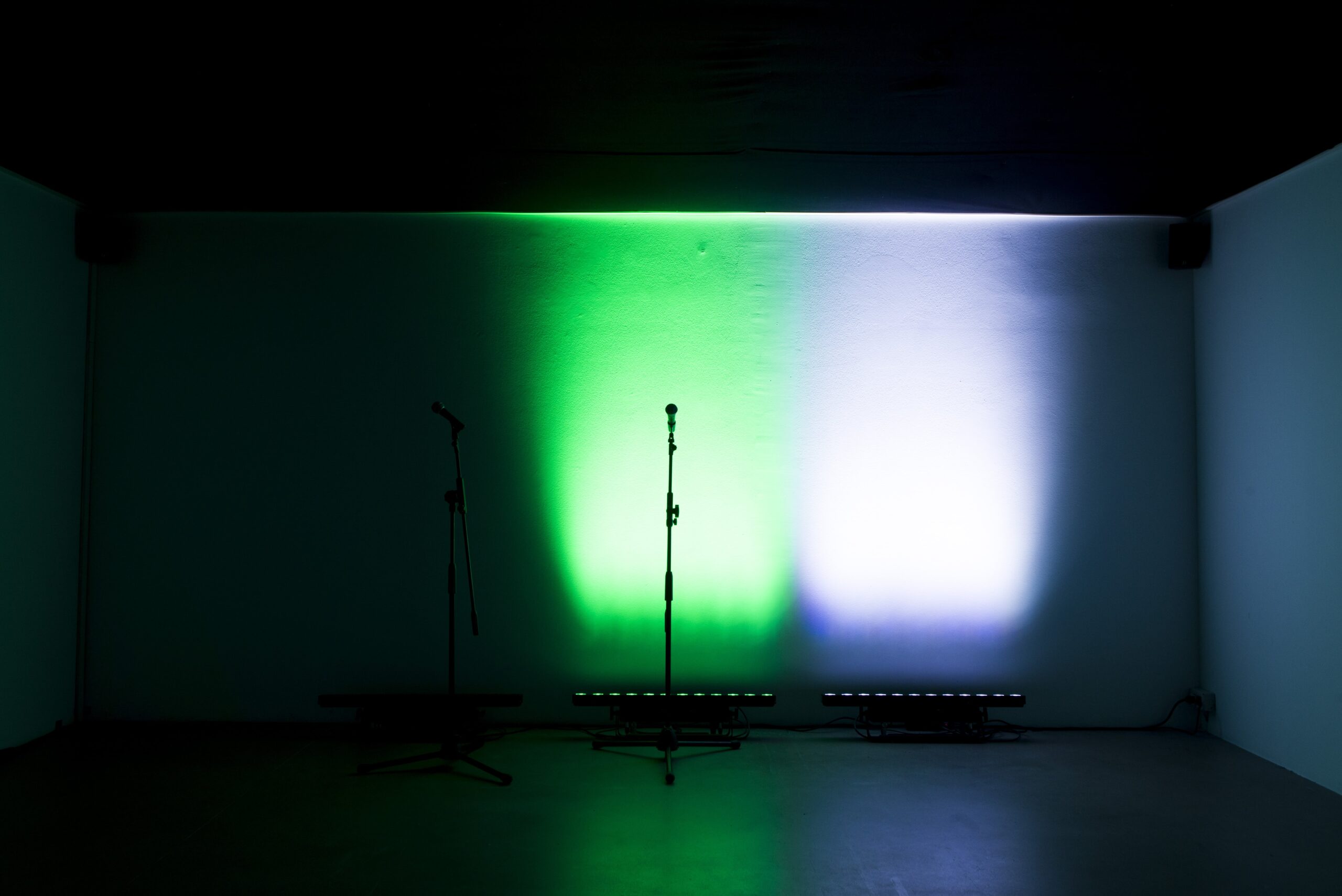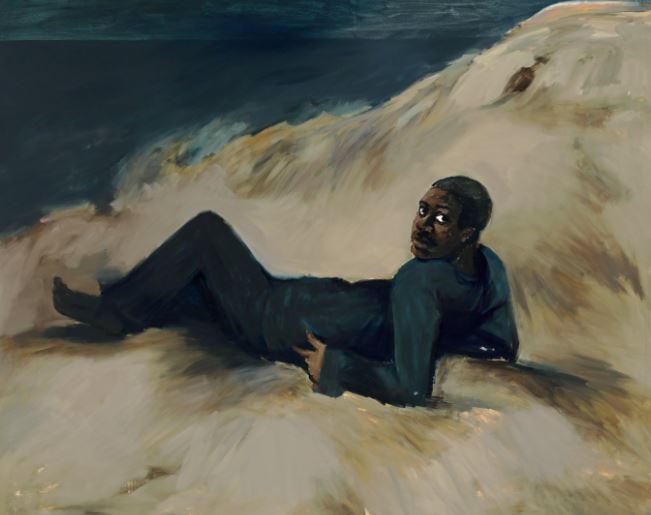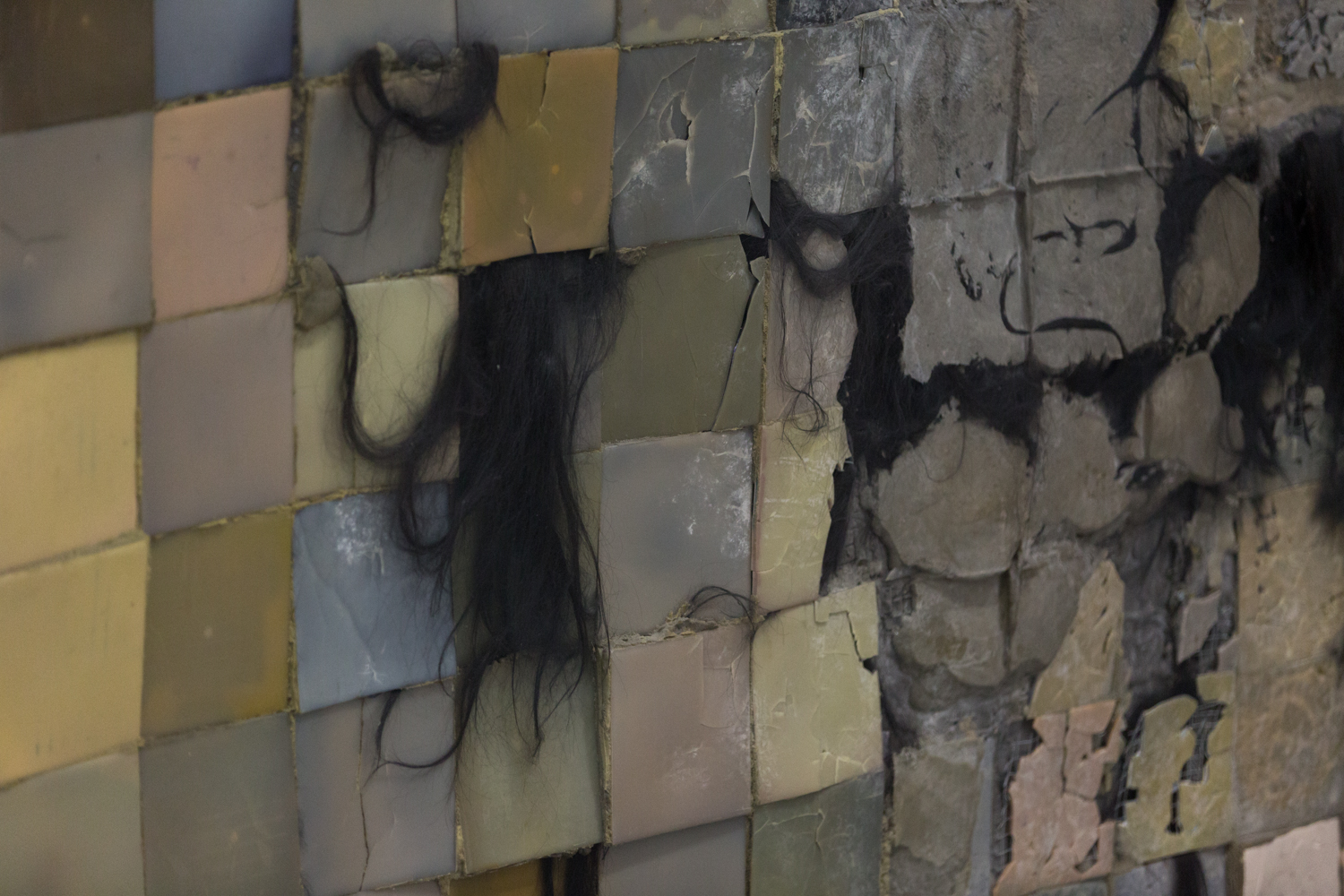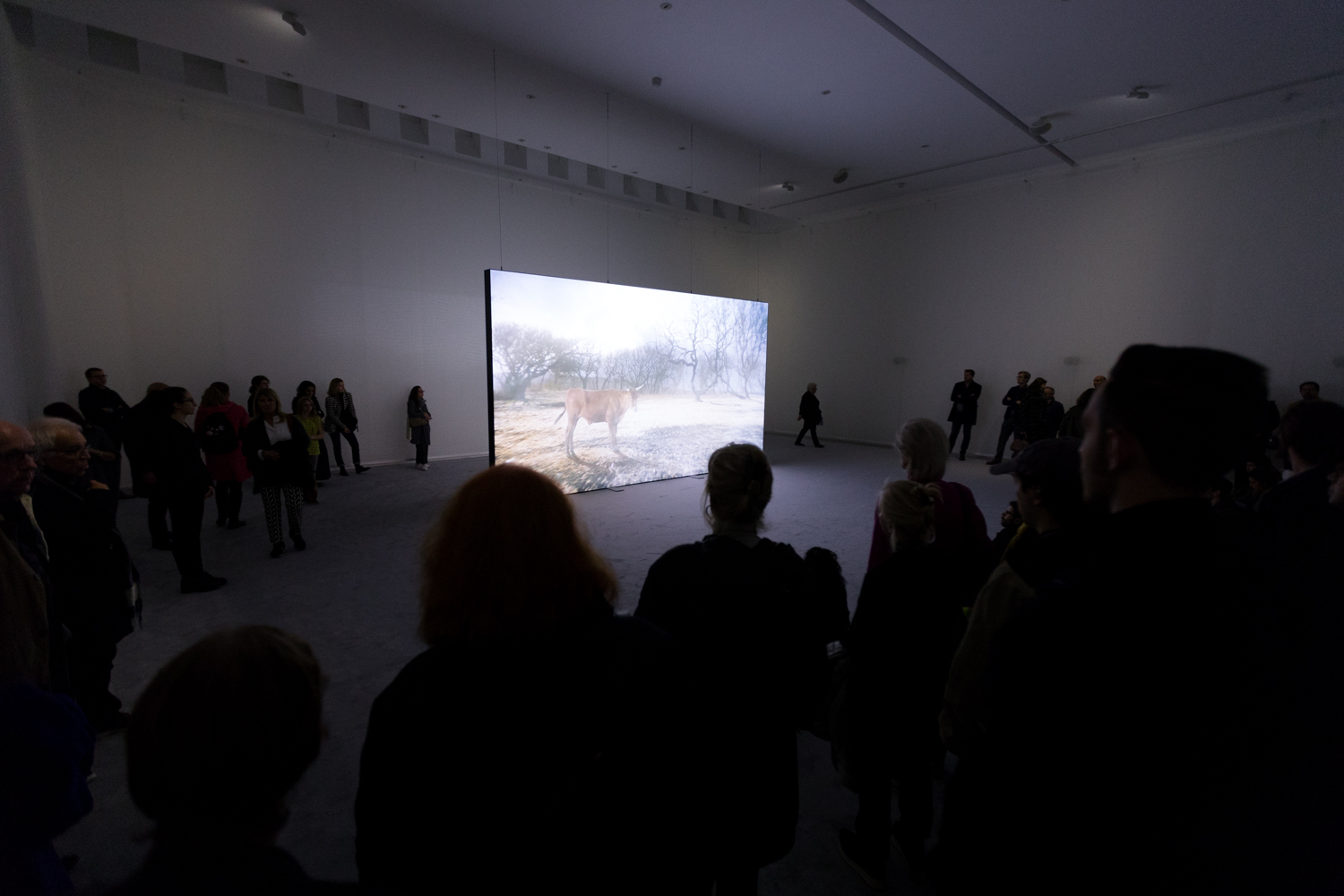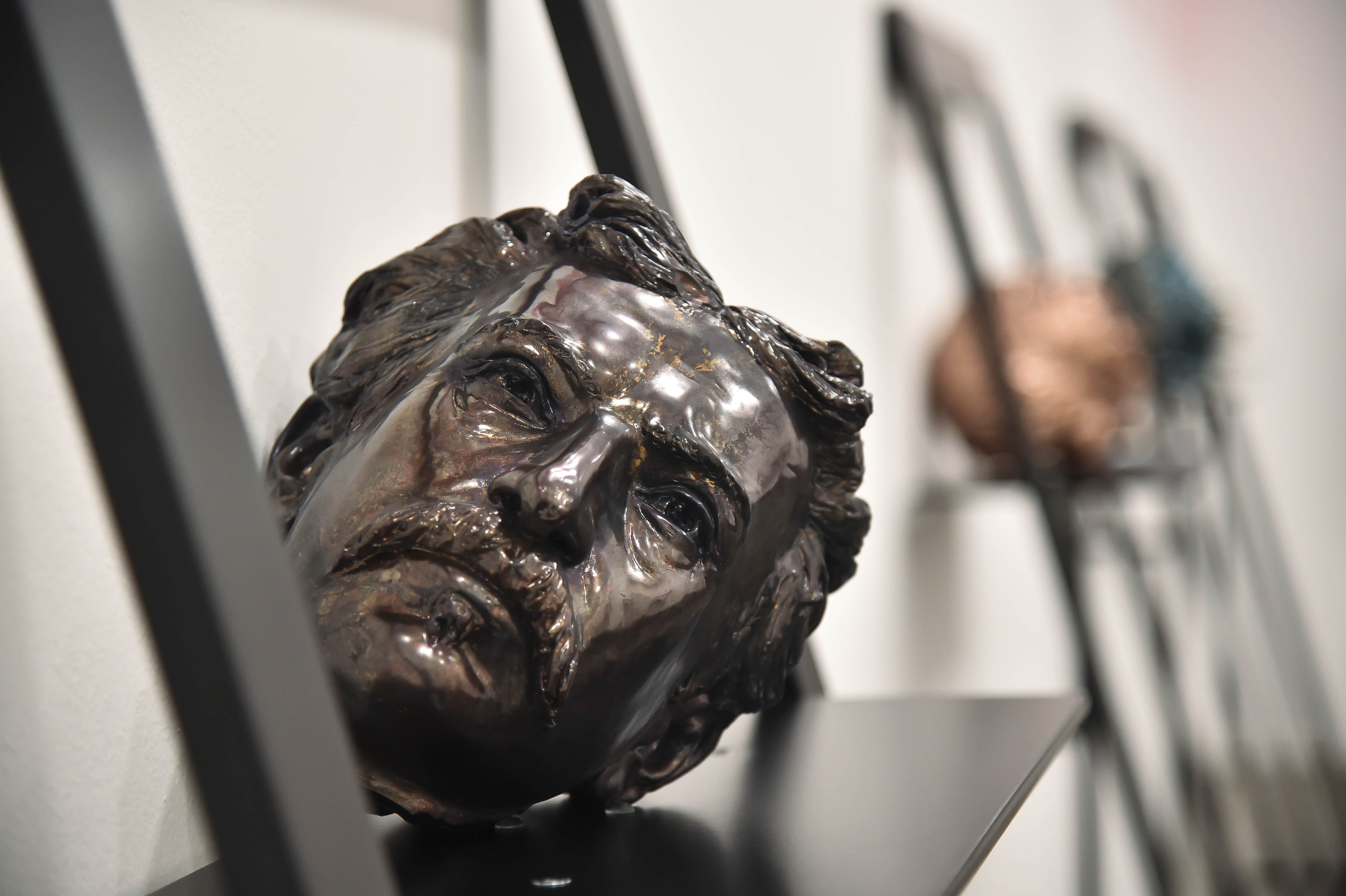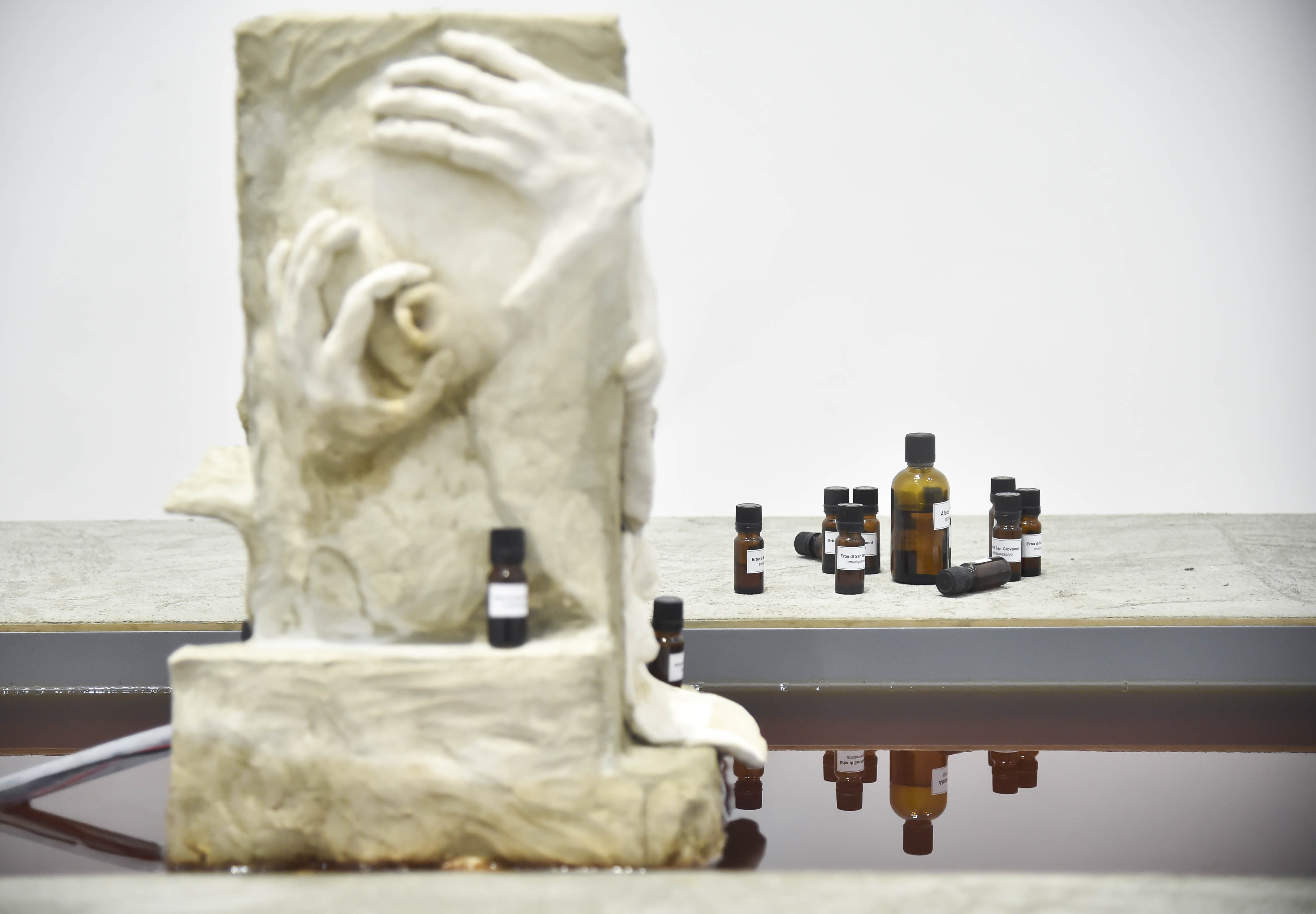Artists: Lisetta Carmi, Leone Contini, Giulia Crispiani, Alessandra Ferrini, Kinkaleri, Beatrice Marchi, Marinella Pirelli, Francesco Pozzato, Davide Stucchi
Before the era of Coordinated Universal Time, municipal (and other) clocks were set according to the position of the sun, allowing for localized cosmic interpretations. The speed achieved by eventual global synchronization—from the movement of people to the exchange of goods and capital, telecommunications, and later, financial speculation—produced the appetite for more and more surplus value, and the general ideology of acceleration. If Foucault described the biopolitical control of populations through the management of everyday life processes, today all mundane calendar activity is subjected to capitalization: education, work, social, family and other personal obligations. From a Western point of view, efficiency is the only mode of access to the new economy, and slowness either a privilege or a slur.
The fetish for the “now” and the false urgency of the contemporary—to be always-already up-to-date, on trend, on-the-move—reward instant gratification at the expense of the laborious and the longer term, leaving little space for reflection, retraction, failure, or even a wasted afternoon. Yet value appreciates in time—how do you choose to spend it?
Across a timeworn landscape, abstract national essentialism splinters into complex regional, territorial, and cultural specificities—a context in which many different histories and temporalities collide, coincide, and co-exist. The utopian alternate reality reveals itself as an alternate temporality, and the lapse into provincialism a hegemonic assumption. Does our experience of time—from the city, to the periphery, to the island—really change with our physical geographical location? When does reproductive work occur in the absence of wage-labor?
These questions implicate our peers, our generation, ourselves, our “own” time and sense of it. Still the perpetual drive for productivity calls for creative and intellectual, care and manual work to be in process at all times. Coming Soon suggests both an answer to and deferral of this demand until a moment that has yet to arrive—a situation marked by expectation that might as well be now. The static and time-based artworks in the exhibition handle the clock either technically or conceptually, with particular concern for how the time we have can be re-valued, used and shared.
Performed for the exhibition opening, Giulia Crispiani’s one-act play anthropomorphizes the characters Yesterday and Tomorrow, setting them in competitive tension. Francesco Pozzato expresses a funereal futurity in an installation that recasts hunting and camping gear as ancient Egyptian burial goods. In an animated film, Beatrice Marchi’s alter-ego rides a streetcar across an accelerated history of landscape painting while remaining in a stagnant present.
Marinella Pirelli’s experimental films, by contrast, paint a picture of the psychological and environmental context of postwar Italy through the material of the natural world: a lake and a delicate flower’s petals. The plant life in Leone Contini’s installation transforms ideas of national territory through the cultivation of smuggled seeds. Alessandra Ferrini reorients the economic and historical circumstances of the Mediterranean region, in order to see present relations between Italy and the African continent through legacies of Italian colonialism and fascism.
During their long-term collaborative performance project, Kinkaleri staged countless “small deaths” in urban capitals to prefigure the end of the era of the West. Lisetta Carmi’s timeless photographs depict subtleties of presence, absence, and marginality within Italian society. Davide Stucchi extrapolates the drawn line from two-dimensions into the space occupied by the body and back again, working out and across materialities that slowly build up and decline.
The book published on the occasion of Coming Soon (Fondazione Sandretto Re Rebaudengo and NERO, 2018) presents insight into each exhibiting artists’ practice through a collection of images that partially refer to the gallery installation. The setting for this visual material is a compilation of invited works of political theory, noir fiction, and sociological analysis expressed in scholarly, epistolary, and diaristic form. These texts, republished from sources dating from 1974 to 2017, by Sonja Dahl, Ida Danewid, Giorgio De Maria, Claire Fontaine, and Simone Forti, develop different threads of research on the production of temporality, today. Along with new essays by the curators, an introduction by Lucrezia Calabrò Visconti, and prefaced by Patrizia Sandretto Re Rebaudengo, this “reader” serves to expand the calendar dates of the exhibition, and deepen the critical engagement with the artists whose work it features.
